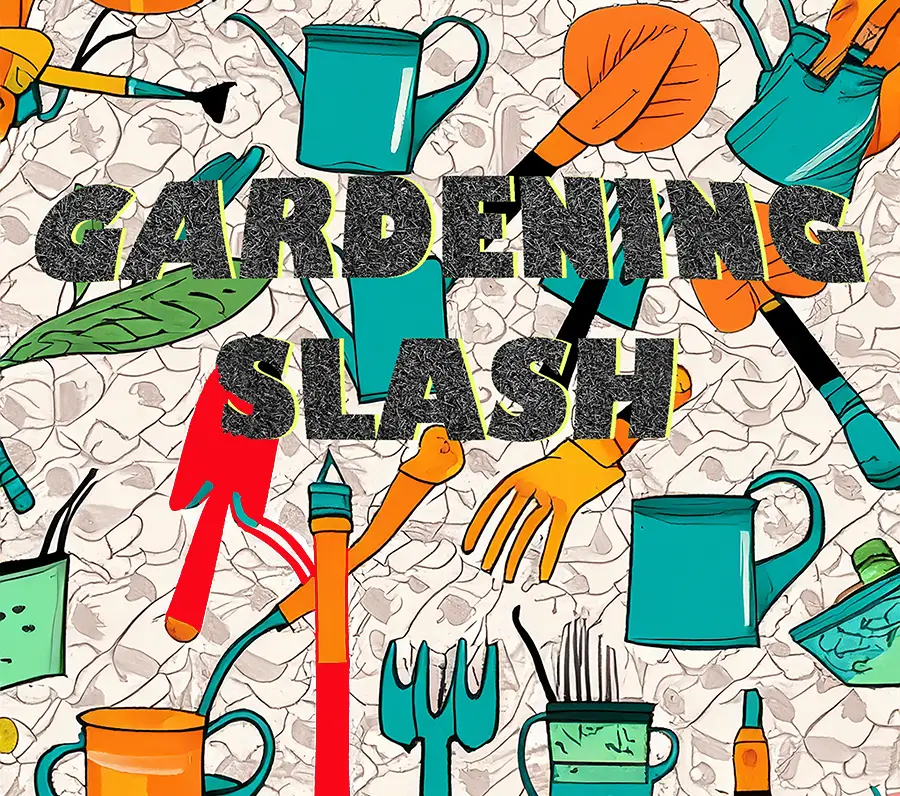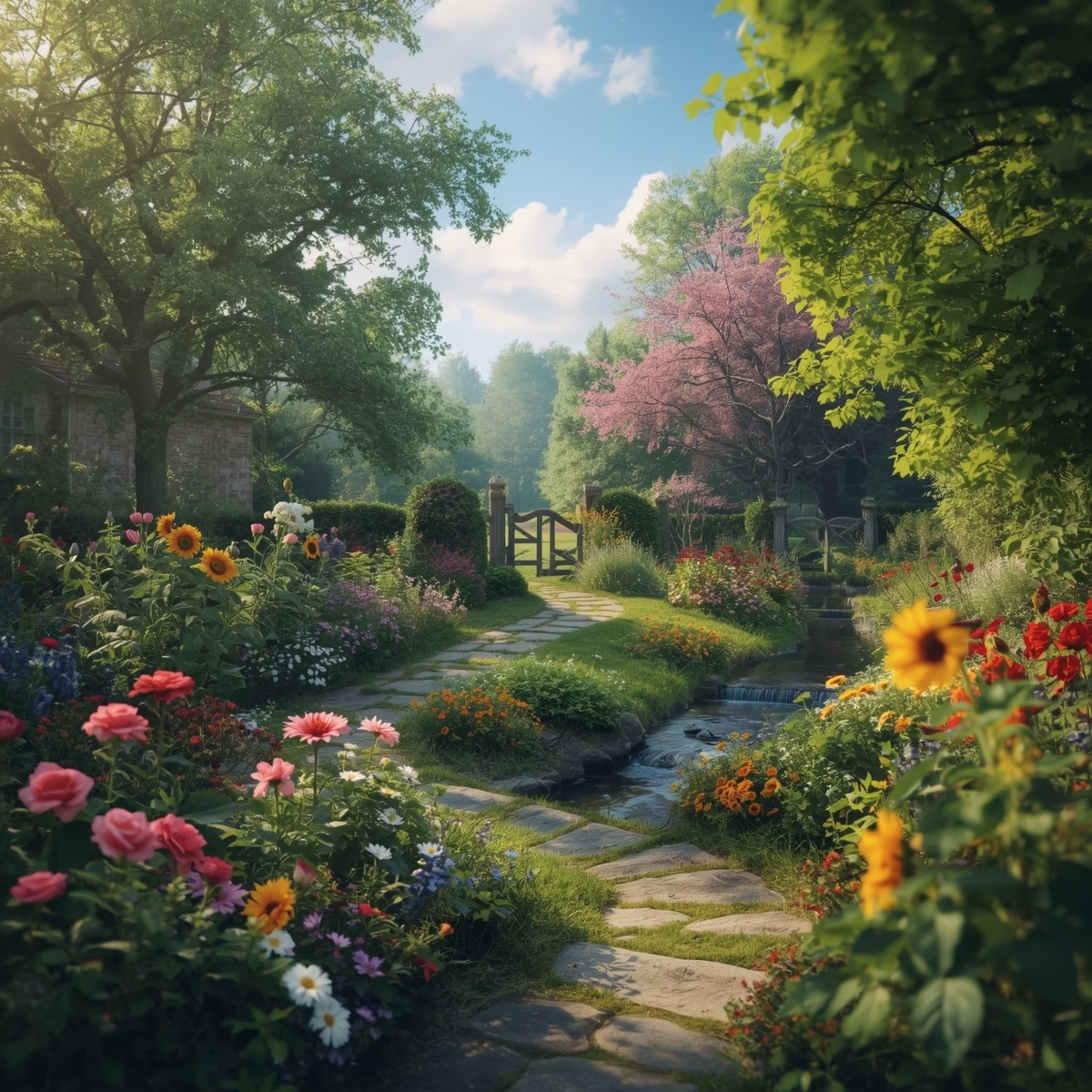🌱 Introduction: The Ground Beneath Our Feet Is Alive
Most gardeners think of soil as a medium — something to hold roots, deliver water, and host nutrients. But what if I told you that every inch of soil beneath your garden is a bustling city — alive with billions of invisible inhabitants, whispering chemical messages, trading nutrients, and even waging microscopic wars?
Welcome to the Silent Symphony of Soil, where the true magic of gardening doesn’t happen above ground — but below it.
🧬 The Secret Social Network of the Underground
If you could shrink yourself to the size of a grain of sand, you’d discover an entire civilization beneath your tomatoes.
There, mycorrhizal fungi form highways of threadlike filaments, connecting plant roots across meters of soil. Through these underground “internet cables,” plants share resources, warn each other about pests, and balance the ecosystem.
Scientists call this the Wood Wide Web — and your garden is one of its nodes.
-
When one plant is attacked by aphids, it releases chemical signals through these fungal networks.
-
Neighboring plants receive the alert and start producing defensive compounds before the pests even arrive.
-
Some trees even share sugars with shaded seedlings through the same fungal connections.
Soil isn’t dirt — it’s an interconnected intelligence, silently communicating to keep your garden in harmony.
This Dwarf Meyer Lemon Tree is available for your house!

🌸 Gardeners as Conductors of the Symphony
Every gardener is an artist, but also a conductor of this underground orchestra. Your compost, watering, and crop choices shape the rhythm of microbial life.
Here’s how you can conduct the symphony wisely:
-
Feed the orchestra, not just the plants.
Add organic matter like compost, leaves, or biochar. These feed bacteria and fungi that convert waste into plant-ready nutrients.
→ Think of compost as your garden’s music sheet — it sets the tempo. -
Avoid chemical fertilizers.
Synthetic nitrogen can silence soil microbes, killing off beneficial fungi and bacteria.
→ You may get a quick bloom, but the long-term song becomes flat. -
Rotate and diversify your crops.
Each plant species hosts unique microbes. Rotating crops ensures a balanced microbial community.
→ Monoculture is like playing one note forever — the melody dies.
🪱 The Unsung Heroes: Worms, Beetles, and the Decomposers
A teaspoon of healthy garden soil contains more living organisms than there are humans on Earth.
Among them are the decomposers — the tireless workers of the underworld.
-
Earthworms create tunnels that aerate soil, allowing oxygen and water to reach plant roots.
-
Beetle larvae chew through decaying leaves, speeding up decomposition.
-
Springtails and nematodes regulate microbial populations, preventing dominance by any single species.
The result? A perfectly balanced cycle of death and renewal — nature’s recycling plant, operating 24/7 without supervision.
🌻 The Garden as a Mirror of the Universe
Every element of your garden reflects a greater cosmic principle.
The soil microbiome mirrors the human gut — both rely on balance, diversity, and symbiosis to thrive.
When your garden’s soil flourishes, you’ll notice the same effect in yourself: calmer mind, clearer focus, deeper patience.
Gardening isn’t just a hobby. It’s a form of quiet meditation with the Earth.
The more you listen to your soil — the more it teaches you about connection, patience, and reciprocity.
🌀 Experimental Gardening: The Future of the Backyard
The next generation of gardeners is blending biology, art, and technology. Some visionary growers are already:
-
Embedding sensors in soil to monitor microbial activity in real time.
-
Using AI tools to map plant-fungi interactions for smarter crop pairing.
-
Building living sculptures — gardens that shift shape and color throughout the seasons.
The future of gardening isn’t sterile or synthetic — it’s hyper-organic.
We’ll soon design gardens that behave like living computers, powered by nature’s own intelligence.
🌾 Practical Guide: How to Awaken Your Soil
Here’s a quick-start guide for readers ready to turn their backyard into a thriving underground network:
| Step | Action | Result |
|---|---|---|
| 1 | Bury kitchen scraps in different areas | Microbial populations explode locally |
| 2 | Add a thin mulch layer (straw, leaves, wood chips) | Soil moisture and fungal activity increase |
| 3 | Avoid tilling | Preserves fungal networks |
| 4 | Grow companion plants (like basil with tomatoes) | Enhances nutrient sharing |
| 5 | Let one part of your garden “rest” each season | Allows biodiversity recovery |
Each small change above the surface reshapes entire worlds below it.
🌙 The Garden at Night: Where Magic Begins
When the sun sets, human eyes can’t see it — but the soil begins to hum.
Nighttime is when roots exhale carbon-rich sugars into the earth, feeding bacteria that glow faintly under UV light.
Certain fungi even release bioluminescent spores — an underground aurora invisible to us.
Your garden doesn’t sleep. It dreams.
🌼 Final Reflection: Gardening as a Universal Language
In a noisy digital age, gardening is one of the few acts that require listening instead of talking.
It teaches that growth isn’t forced — it’s invited.
That decay isn’t an ending — it’s transformation.
And that silence, in the garden, is never empty — it’s full of life whispering secrets.
Every time you plant a seed, you participate in a story billions of years old — a story of cooperation, adaptation, and renewal.
So next time you kneel to touch the soil, remember:
You’re not gardening a piece of Earth.
You’re communicating with a living cosmos beneath your feet.

